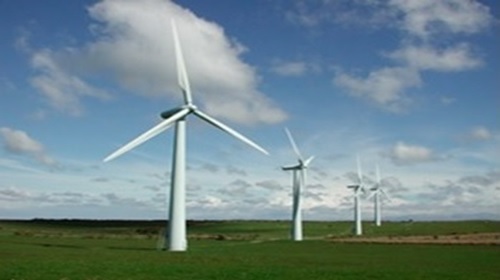
All the available evidence indicates that changes in the climate are not only continuing but also that the impacts of climate change are becoming more severe and wide spread. For these reasons, the Intergovernmental Panel on Climate Change (IPCC) has recommended in its most recent report that the average global temperature rise should not exceed 1.5 C rather than 2.0 C as agreed at the Conference of the Parties, Paris in December 2015. This limit will require global carbon emissions to be stabilised as soon as possible and then be decreased each and every year until global emissions approach zero in 2050.
Changing with the climate was a Comenius funded network between 2011 and 2013 that linked schools across Europe to educate students in the need for limiting climate change and initiating local actions. The educational resources, which the network has developed, help to explain not only why the climate is changing, but also what each of us can and should do to limit climate change.
Sustainable Development Goals (SDGs)
Sustainable development aims to reconcile the desire for higher living standards for all people with protection and enhancement of the environment, there being an obligation on the present generation to leave the world in a fit state for succeeding generations to enjoy. “To leave no one behind and to create a world of dignity for all” is the overall aim of the Sustainable Development Goals (SDGs) agreed by the UN General Assembly in September 2015 for the 15 year period from 2016 to 2030.
Climate change is but one of 17 SDGs. but it will impact on many of these other goals making these harder to achieve such as eliminating extreme poverty and hunger, leading healthy lives and sustaining ecosystems on land and in the oceans.

Utilising renewable energy rather than burning fossil fuels is one of the most important ways of reducing greenhouse gas emissions associated with the burning of fossil fuels. For example, wind turbines can generate electricity through capturing some of the energy of the wind and can either be linked to an electricity grid or operated in a stand alone mode.
How to use these resources
These resources were developed via European projects whose aim is to inform, educate and motivate students and their families to initiate actions to limit climate change. The activities are designed to broaden the discussion about what are the likely impacts and what actions can be initiated locally.
Such actions can be undertaken by individuals, groups or be community led. What is important is to realise the magnitude of the various tasks and that if everybody does something, however small, the total will be significant. As Antonio Guterres, the UN Secretary General, observed at the UN Special Assembly on Climate Change in September 2019, ‘There is a cost to everything, but the biggest cost will be doing nothing’.
These resources can be used by individuals who wish to learn more about the complex nature of the factors influencing climate change. These activities can also be undertaken in small groups and used to illustrate the various climate change topics within the national curriculum. The resources can also be used to teach languages as these are available in 7 languages through this website.
By doing something now, you will be able to help preserve the earth’s climate and maintain it for future generations.
